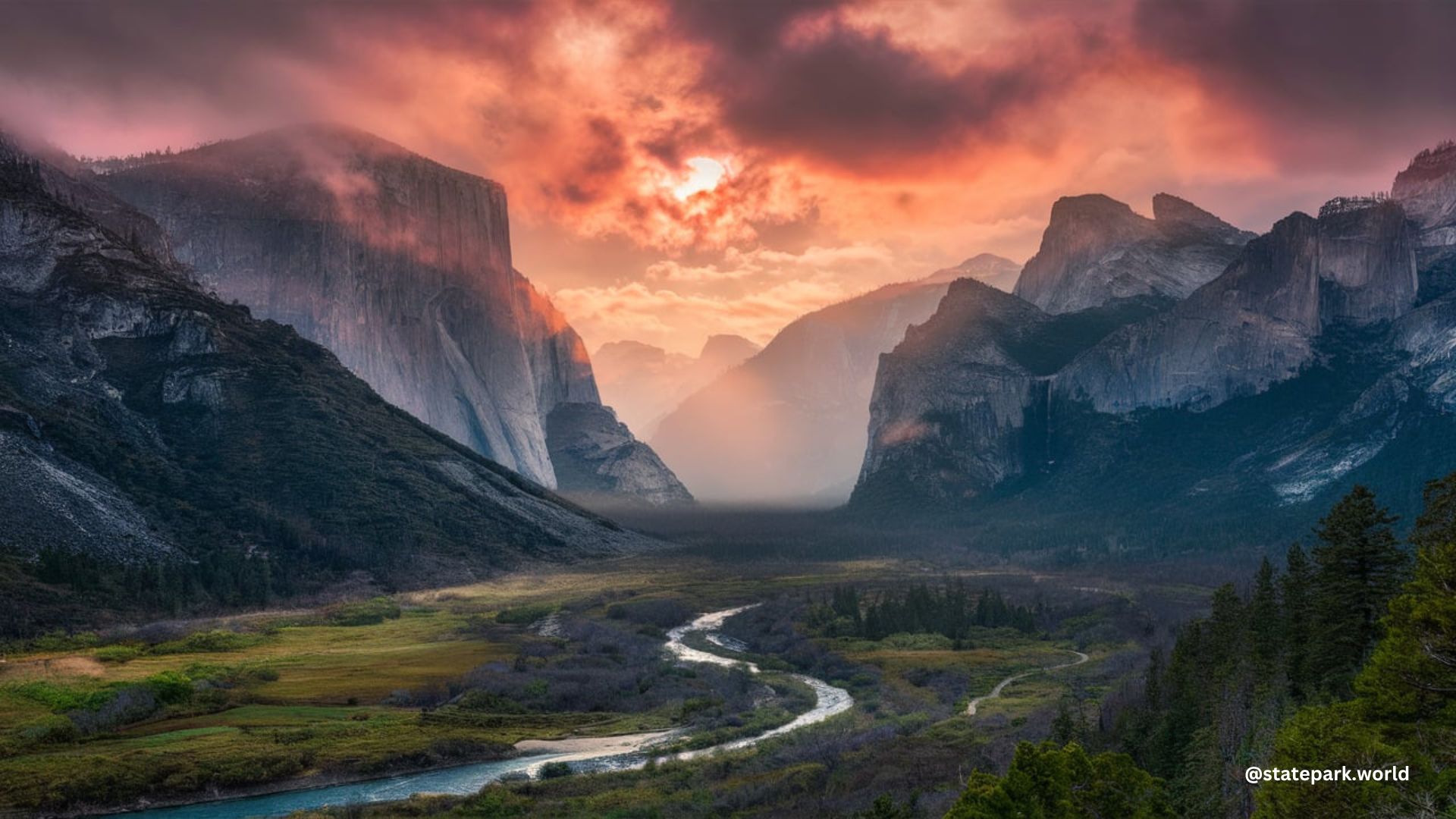Yosemite National Park is home to approximately 300-500 black bears, which account for almost 90% of all bears in the region. The park has experienced a total of 15 bear attacks since 1980, with 27 people injured by American black bears since 1900, primarily from June to August, and especially in Camp 4 and Curry Village, the park’s two most popular campsites.
Understanding Yosemite’s Black Bear Population
Yosemite National Park is a vast and diverse wilderness, home to a thriving population of black bears. These bears are naturally shy of humans, but their behavior can change when they learn to associate food with people or development. As a result, it is crucial for visitors to understand the park’s bear population and take appropriate precautions to ensure their safety.
Black Bear Facts
- Yosemite is home to approximately 300-500 black bears, which account for almost 90% of all bears in the region.
- Black bears are generally smaller and less aggressive than their grizzly bear counterparts, but they can still pose a significant threat to humans if they become habituated to human food sources.
- Black bears have an excellent sense of smell and will investigate anything that might be edible, including empty wrappers or containers.
Preventing Bear Encounters in Yosemite

To avoid attracting bears and minimizing the risk of bear encounters, it is essential to follow food storage regulations while in the park. This includes properly storing all scented, calorie-containing, or flavored items, such as food, drinks, coolers, toiletries, and trash.
Proper Food Storage
- Use the metal food storage lockers found throughout the park to store all food, drinks, and scented items.
- Keep windows and doors closed securely when away from your hotel room to prevent bears from entering.
- Never leave food, coolers, or other scented items in your vehicle, as bears can easily break into cars in search of food.
Avoiding Attracting Bears
- Even a single, empty chapstick container or candy bar wrapper can attract a bear to your campsite or car.
- Be vigilant about keeping your campsite and surrounding area clean and free of any food or scented items.
- Dispose of trash properly in the designated bear-proof containers.
Encountering a Bear in Yosemite
While bear attacks are rare in Yosemite, it is important to know how to respond if you do encounter a bear. The recommended course of action depends on the location and the bear’s behavior.
In the Wild
- If you encounter a bear in the wild, observe it quietly from a distance of at least 50 yards.
- Never surround or corner a bear, as this can provoke an aggressive response.
- Slowly back away while facing the bear, and do not turn your back on it.
In Developed Areas
- If a bear approaches you in a developed area, such as a campsite or picnic area, act immediately to scare it away.
- Make loud noises, wave your arms, and throw small rocks or sticks in the bear’s direction to startle it.
- Never run from a bear, as this can trigger its predatory instinct.
If Attacked
- If a black bear does attack, it is recommended to fight back.
- Use any available objects, such as sticks, rocks, or bear spray, to defend yourself.
- Aim for the bear’s face and eyes, as this can deter the attack.
Yosemite’s Bear Attack History
Since 1980, Yosemite National Park has experienced a total of 15 bear attacks, with 27 people injured by American black bears since 1900. The majority of these incidents have occurred during the peak visitation months of June to August, and have been concentrated in the park’s two most popular campsites, Camp 4 and Curry Village.
Notable Bear Attacks in Yosemite
- In 2003, a bear attacked a woman in her tent at Curry Village, causing minor injuries.
- In 2009, a bear entered a tent in Yosemite’s Backpacker’s Camp and attacked a sleeping woman, causing serious injuries.
- In 2016, a bear entered a tent in Yosemite’s Crane Flat Campground and attacked a sleeping woman, causing minor injuries.
Conclusion
Yosemite National Park is a stunning and awe-inspiring wilderness, but it is also home to a thriving population of black bears. By understanding the park’s bear population, following proper food storage regulations, and knowing how to respond to bear encounters, visitors can safely enjoy the beauty and wonder of Yosemite while minimizing the risk of bear-related incidents.
Remember, bears are a natural part of Yosemite’s ecosystem, and it is our responsibility as visitors to coexist with them respectfully and safely. By taking the necessary precautions, we can all play a role in preserving the park’s delicate balance and ensuring that future generations can continue to experience the magic of Yosemite.
References:
– Yosemite National Park Bear Attacks: A Closer Look
– Bear Information: Yosemite National Park
– Yosemite Bear Attack Statistics

